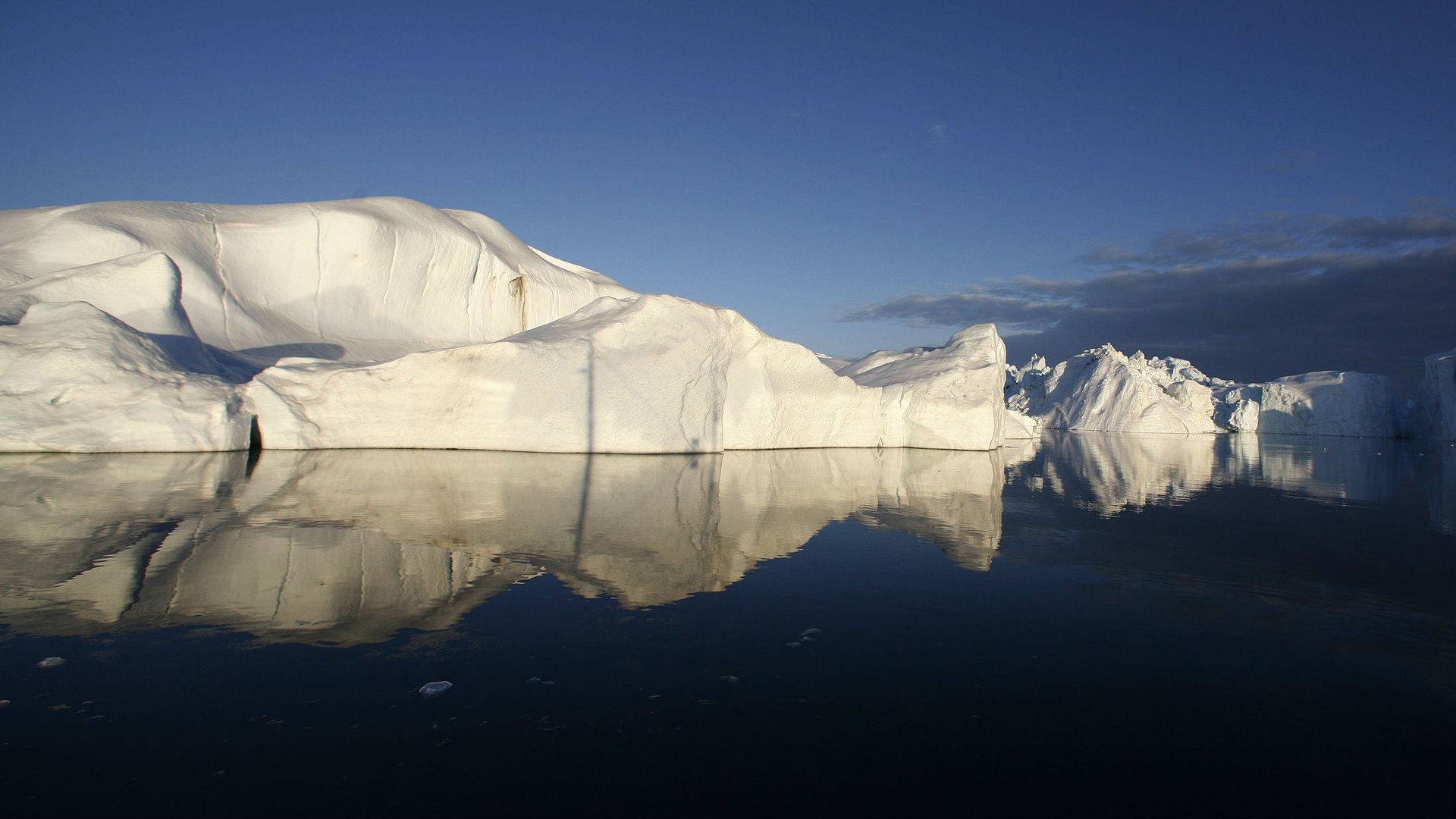Greenland ice is melting faster than ever—and that could be bad news for the Earth’s rotation
This week, researchers from the Danish Meteorological Institute had to double-check their instruments to make sure they were working properly. It was hard to believe that 12% of the Greenland ice sheet was melting this early in the year; the previous record was set in 2010 when 10% of the ice sheet was melting in May.


This week, researchers from the Danish Meteorological Institute had to double-check their instruments to make sure they were working properly. It was hard to believe that 12% of the Greenland ice sheet was melting this early in the year; the previous record was set in 2010 when 10% of the ice sheet was melting in May.
The Earth’s two ice sheets in Antarctica and Greenland and the ice that covers the Arctic sea routinely melt and freeze again each year with the seasons. In the latter years of the 20th century, this ice has been receding more than re-freezing in the cooler months.
Climate scientists are already worried about the melting ice’s contribution to sea level rise. New research from NASA published (paywall) in Science Advances suggests that the melting ice is also redistributing water enough to affect changes in the Earth’s axial rotation.
The Earth turns from west to east each day, which we see on Earth as the rising and setting of the sun. It turns around a specific axis, a line that can be drawn between the North and South poles, on a tilt that’s about 23.5º.
The poles have been shifting over time; it’s called the axial “wobble,” and it’s been happening since scientists first recorded data in 1899. In 2000, researchers noticed that the North pole was shifting eastward—toward London, as opposed to Canada, which they attributed to the ice loss in Greenland. As the ice melted, the north pole shifted toward the area with less ice.
The new data, however, indicates that the ice sheets aren’t the only factor affecting axial wobble. The balance of water held in different continents is also making a difference, researchers said. Erik Ivins, a geophysicist and co-author of the paper, explained to Scientific American that he thinks that a recent lack of rainfall in central Eurasia is also pulling the north pole to the east.
“If we lose mass from the Greenland ice sheet, we are essentially putting mass elsewhere. And as we redistribute the mass, the spin axis tends to find a new direction,” Surendra Adhikari, a researcher with Caltech and NASA and co-author of the study, told the Washington Post. He estimates that about 40% of the shift is due to Greenland ice sheet loss; 25% due to Anarctica ice sheet loss, and 25% due to where water is located in continents.
The data from this new study does not directly implicate human activity. Ivins said he needed six more months of historical data to determine whether climate change is to blame.